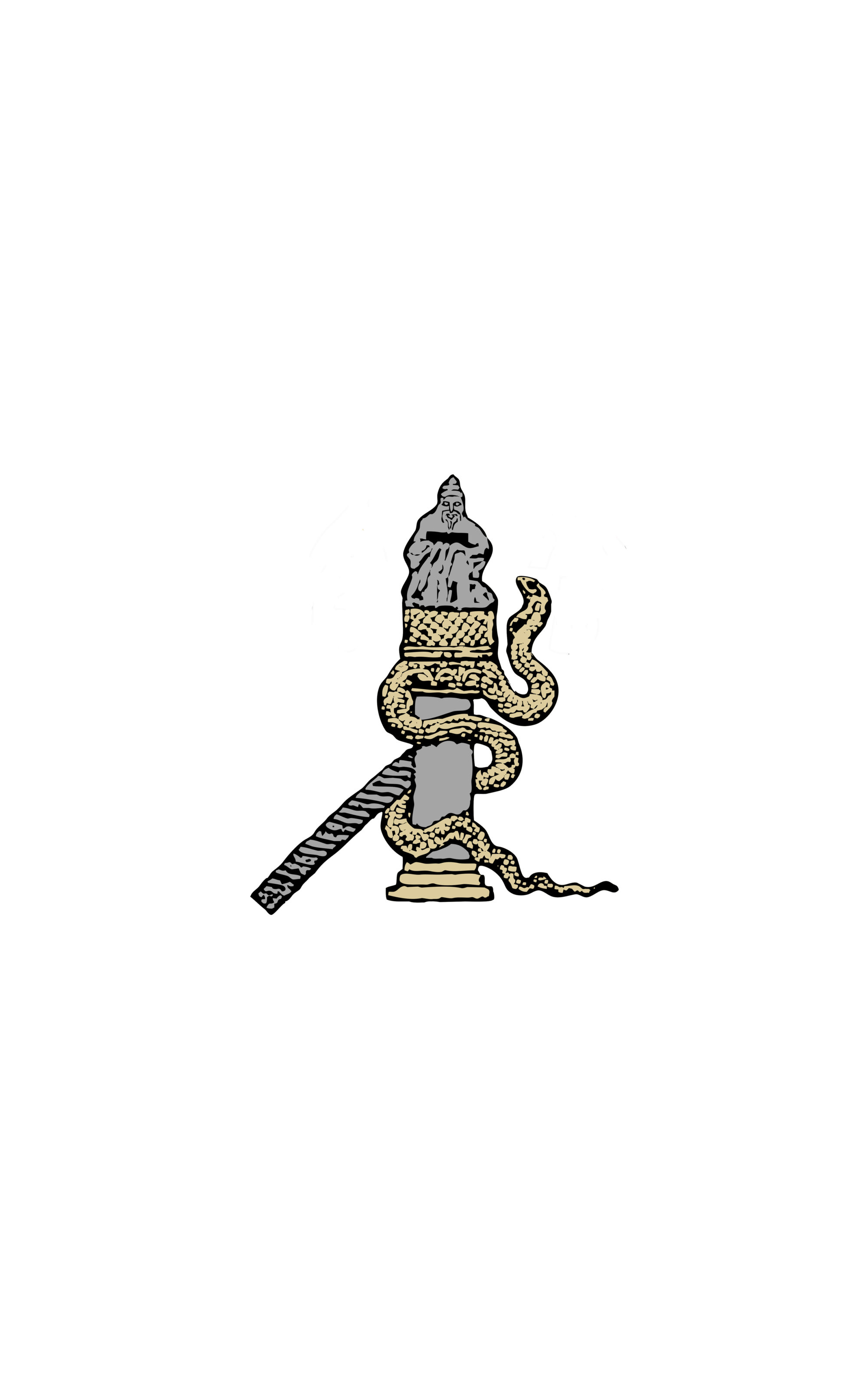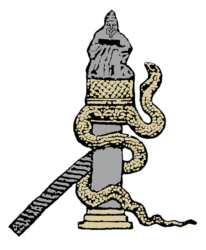Journée d’étude
New Bodies of Evidence: Corporeality in Byzantine Culture
21 avril 2018
Maison française d’Oxford
Program
9 – 9:10 Opening words – Adele Curness and Lilyana Yordanova
Session 1 : Body in Space
9:10 – 9:40 Pierre Charrey (Ecole Pratique des Hautes Etudes – Université PSL Paris Sciences et Lettres), Giving Body to the City: A Semiotic of Imperial Bodies in Early Byzantine Material culture.
9:40 – 10:10 Charlotte Munglani (University of Oxford) – Entering the male sphere: a study of cross-dressing female saints.
10.10-10:30 AM Coffee break
Session 2 : Mark of identity
10:30 – 11:00 Emily Everest-Phillips (University of Oxford) – Iranian Identity After Iran: Representations of the Last Sassanians in T’ang China.
11:00 – 11:30 Meric Ozolcer (University of Oxford) – Byzantine with a Western Twist: Rethinking the Imperial Imagery of Norman Sicily.
11:30 – 12:00 Benoit Cantet (Université Paris 1 Panthéon-Sorbonne) – Voices of the Dead Bodies. A Social Hierarchy among Corpses.
12:00- 1:30 Lunch break
Session 3 : Instrument of Crime
1:30 – 2:00 Chrysavgi Athanasiou (Université Paris Sorbonne) – A Shattered Body for an Invisible Soul. Penal Mutilation in Middle Byzantine Society.
2:00 – 2:30 Romain Goudjil (Université Paris Sorbonne) – Gregory II of Cyprus and Phrangopoulos the Long-haired: Visions of the Body, Visions of the Crime in Three Letters of the Patriarch of Constantinople.
2:30 – 3:00 Lilyana Yordanova (Ecole Pratique des Hautes Etudes – Université PSL Paris Sciences et Lettres) – Human Bodies, Angelic Powers: How to Deal with Nature in Religious Context?
3:00 – 3:20 Coffee break
Session 4 : Vulnerability
3:20 – 3:50 Maria Rukavichnikova (University of Oxford) – In Sickness and in Health: the Body of the Emperor in Nikephoros Gregoras’ Roman History.
3:50 – 4:20 Alasdair Grant (University of Oxford) – The Captive Body in Byzantium.
4:20 – 6:00 Discussion and concluding remarks.
Comité d’organisation
Lilyana Yordanova, Milan Vukašinović, Pierre Charrey – Association des étudiants du monde byzantin
Adele Curness – Oxford University Byzantine Society
Vivien Prigent – Maison française d’Oxford, Centre National de la Recherche Scientifique



